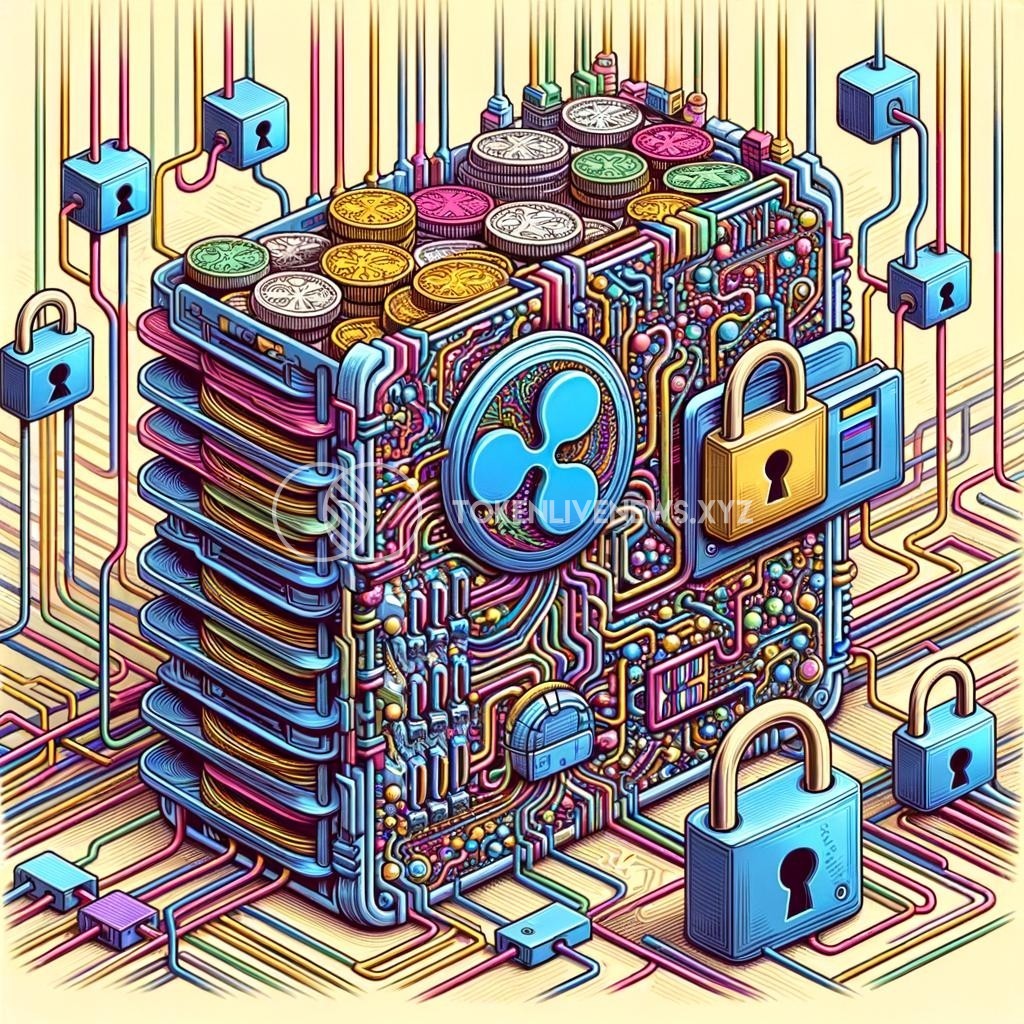How Do XRP Wallets Secure Digital Assets in the Ripple Network?
In the fast-evolving world of cryptocurrencies, digital asset security is of utmost importance. Specifically, XRP, the native digital currency of the Ripple network, has gained significant popularity and has become one of the top cryptocurrencies in terms of market capitalization. With the surge in its user base, there is an increasing need to understand how XRP wallets secure digital assets within the Ripple network. Let’s delve into the details to gain a better understanding.
Before we delve into the security measures provided by XRP wallets, it is essential to comprehend the Ripple network’s underlying technology. Unlike other decentralized cryptocurrencies like Bitcoin or Ethereum, the Ripple network operates using a unique consensus algorithm known as the XRP Ledger (XRPL). This ledger is managed and validated by a network of independent nodes, maintaining a shared global consensus.
Now, let’s focus on XRP wallets and their role in securing digital assets. XRP wallets are digital repositories that allow users to store, send, and receive XRP tokens. These wallets interact with the XRPL to ensure secure and seamless transactions within the Ripple ecosystem. The following security features are commonly employed by XRP wallets:
1. Private Key Encryption: XRP wallets generate and store a pair of cryptographic keys – a public key and a private key. The private key acts as a digital signature for authorizing transactions, while the public key is used for receiving funds. Secure wallets protect these keys using robust encryption algorithms, making it virtually impossible for unauthorized individuals to access or decipher them.
2. Multi-Signature Authentication: To enhance security further, many XRP wallets employ multi-signature authentication. This means that multiple private keys are needed to authorize transactions, increasing the level of protection against unauthorized access. This feature ensures that even if one key is compromised, the assets remain secure.
3. Offline Storage (Cold Wallets): XRP wallets, especially those used for long-term storage, often leverage offline storage solutions, commonly known as cold wallets. These wallets keep the private keys securely offline, disconnected from the internet, and therefore safeguarded from potential online threats such as hacking or malware attacks. This physical isolation significantly reduces the risk of unauthorized access.
4. Two-Factor Authentication: Many XRP wallets offer an additional layer of security through two-factor authentication (2FA). With 2FA, users need to provide a second form of verification, such as a One-Time Password (OTP) generated on their smartphones, to access their wallets. This authentication method adds an extra barrier against unauthorized access, even if the private key is compromised.
5. Regular Updates and Security Patches: XRP wallet developers actively monitor and address potential security vulnerabilities by releasing regular updates and security patches. By constantly improving the wallet’s security framework, they can respond swiftly to emerging threats and ensure that users’ digital assets remain safe.
In conclusion, XRP wallets play a crucial role in ensuring the security of digital assets within the Ripple network. With features like private key encryption, multi-signature authentication, offline storage, two-factor authentication, and regular updates, these wallets provide a robust and secure environment for XRP holders. However, it is important to note that no security measure is foolproof, and users must exercise caution by adopting good security practices. By doing so, they can fully harness the benefits of the Ripple network while protecting their valuable digital assets.







